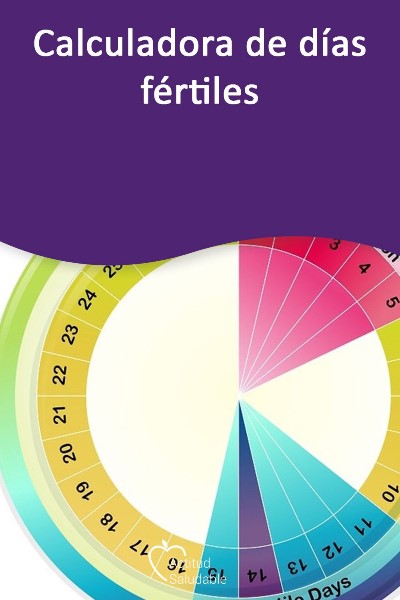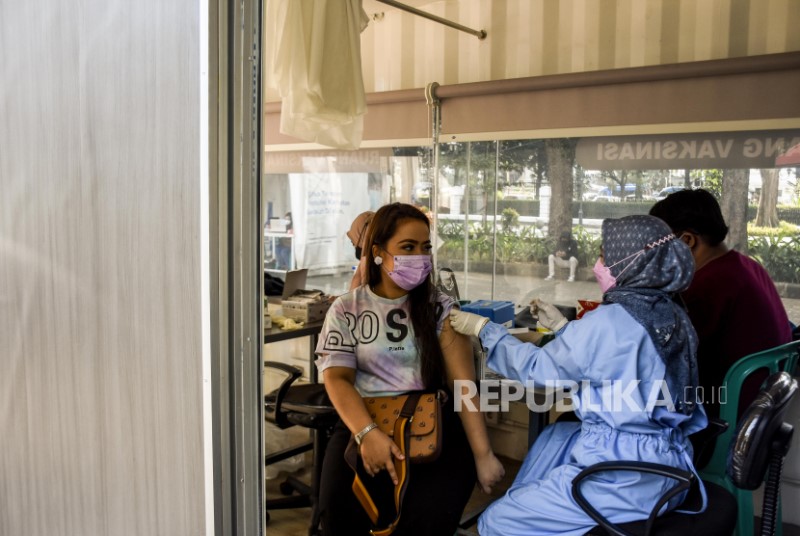

If you are a woman, you will know that monitoring your menstrual cycle is important to prevent unpleasant surprises. Fortunately, today, there are apps and tools that make it easy to control and monitor your period. In this sense, we want to introduce you to a very useful tool: My menstrual calendar. With this application, you will have the ability to keep a rigorous track of your periods and, in this way, you will be able to plan your daily life without setbacks. Read on and find out more about this handy tool!
How to calculate the length of your menstrual cycle

The menstrual cycle is the period of time between the first day of menstruation and the day before the next menstruation. Calculating the length of your menstrual cycle is important for predicting when your next period will occur and for planning future activities. To do this, simply mark the first day of your period on a calendar and the last day before your next period. The number of days that elapse between the two days is the length of your menstrual cycle. By doing this over several months, you can get a better idea of the average length of your menstrual cycle.
How to determine the length of your menstrual cycle if you are irregular
If your menstrual cycle is irregular, it is possible to calculate an estimate of your cycle length by measuring the total length of your cycle over several months and dividing the total sum of days by the number of cycles you have measured. This will give you an idea of the average length of your menstrual cycle. Additionally, you can use mobile apps or online tracker programs to record and track your menstrual cycles.
Common symptoms of PMS

Premenstrual syndrome (PMS) refers to a series of physical and emotional symptoms that many women experience before their period. Symptoms can vary in intensity and duration from woman to woman, but some of the more common symptoms include:
physical symptoms
Physical symptoms of PMS can include headache, bloating, fatigue, breast pain, acne, appetite changes, and joint or muscle pain. It is common for women to experience specific food cravings and fluid retention during this phase of the menstrual cycle.
emotional symptoms
Emotional symptoms can include mood swings, irritability, anxiety, depression, and trouble sleeping. Some women may also experience changes in their libido and feel less interested in sex during this phase of the menstrual cycle.
If you experience severe symptoms or if your symptoms are interfering with your ability to carry out your daily activities, talk to your doctor. Treatments are available to help alleviate PMS symptoms and improve your quality of life during this phase of the menstrual cycle.
How to relieve menstrual cramps?

menstrual pain it is a common symptom in most women experiencing their menstrual cycle. The pain can range from a sharp, stabbing pain to a dull, constant ache in the lower abdomen. Here are some tips to ease menstrual cramps:
3.Use a heating pad or hot compress
place a heating pad or hot compress in the lower abdomen to relieve menstrual pain. The heat increases blood flow and helps relax muscles. If you don’t have a heating pad, you can make your own using a towel and hot water.
3.Incorporate physical activity into your daily routine
Exercise is beneficial in reducing menstrual pain. The endorphins released during exercise have natural pain-relieving effects. Also, physical activity can improve blood flow and reduce swelling and fluid retention. It is not necessary to carry out very intense physical activities, walking or doing yoga are also valid options.
3. Take over-the-counter pain relievers
Over-the-counter pain relievers, such as acetaminophen or ibuprofen, are effective in relieving menstrual pain. Nonsteroidal anti-inflammatory drugs, such as ibuprofen or naproxen, are particularly effective because they reduce the inflammation that causes menstrual pain.
What is irregular menstruation and how to treat it?

Irregular menstruation is when a woman’s menstrual cycle deviates from its normal pattern. This may mean that your cycle length is shorter or longer than usual, or that the amount of menstrual bleeding is unusual. The most common causes of irregular menstruation include hormonal imbalances, thyroid disorders, the use of certain medications, and emotional stress.
Symptoms of irregular menstruation
The symptoms of irregular menstruation can vary depending on the underlying cause. Some women may experience very heavy periods, while others may have very light periods. Also, some women may experience very frequent periods, while others may have widely spaced periods.
Treatment of irregular menstruation
The treatment of irregular menstruation depends on the underlying cause. In some cases, diet and lifestyle changes can help balance hormones and reduce symptoms. In other cases, treatment may involve hormonal drugs or surgical procedures. It is important to speak to a doctor if you experience symptoms of irregular menstruation so that you can get a proper diagnosis and receive the right treatment.
How to choose the best menstrual protection option?

Choosing the right menstrual guard is an important decision to ensure comfort, safety and hygiene during your period. Here are the main methods of menstrual protection and what you need to know about each one:
Sanitary towels:
Sanitary pads are a popular and convenient option for menstrual protection. They are easy to use and are available in a wide range of options, including winged and wingless options. However, some women may find them uncomfortable or bulky.
Tampons:
Tampons are an internal option for menstrual protection. They are ideal for women who require discretion during their period. However, tampons carry a risk of toxic shock syndrome (TSS), a life-threatening infection. It is important to change them every 4-8 hours.
Menstrual cup:
The menstrual cup is a reusable and ecological menstrual protection option. The cup is inserted into the vagina and collects the menstrual flow instead of absorbing it. It is important to follow proper cleaning and sterilization instructions to avoid infection.
Menstrual underwear:
Menstrual underwear is a relatively new option on the market. It is designed to absorb menstrual flow and can be washed and reused. This option may be more expensive than others, but it offers the advantage of not having to worry about using and changing other menstrual protection products.
It is important to choose the menstrual protection option that best suits your needs and lifestyle. Try different options to find the one that gives you the most comfort and security during your period.
Menopause and its symptoms

What is menopause
Menopause is a natural process that occurs in a woman’s life when her ovaries stop producing eggs and the production of female hormones decreases. The average age at which this process occurs is between 45 and 55 years. During menopause, a woman stops having regular menstrual cycles and she is considered to have reached the end of her reproductive life.
symptoms of menopause
Menopause can generate different symptoms in each woman, both physical and emotional. Some of the most common symptoms are hot flashes, night sweats, vaginal dryness, mood swings, difficulty sleeping, and decreased sexual desire. In addition, menopause can also increase the risk of cardiovascular disease and osteoporosis.
Treatments for menopause
There are different treatments for menopause depending on the symptoms that each woman presents and her general health. Some options are hormone therapy, which can help control hot flashes and lower the risk of osteoporosis, or nonhormonal treatments, such as cognitive behavioral therapy or antidepressants. It is also important to lead a healthy lifestyle, exercising regularly and maintaining a balanced diet.
How does the menstrual cycle affect fertility?

The menstrual cycle is a complex process involving the regularity and length of the period, ovulation, fertilization, and pregnancy. Most women have a regular menstrual cycle of 28 to 32 days, but this can vary from woman to woman, even within the same menstrual cycle. The menstrual cycle has a significant impact on a woman’s fertility, and it is important to understand how it works to improve the chances of conceiving.
Ovulation and fertilization
Ovulation is the process in which a mature egg is released from the ovary and travels to the uterus through the fallopian tubes. If the egg is fertilized by the sperm, a pregnancy occurs. If there is no fertilization, the egg disintegrates and is shed along with the lining of the uterus during the menstrual period. It is important to know the time of ovulation to increase the chances of conception. Ovulation usually occurs around day 14 of the menstrual cycle, but this can vary depending on the length of the menstrual cycle and other hormonal factors.
age and fertility
Age also has a significant impact on female fertility. As a woman ages, the quality and quantity of her eggs decline, which can make it more difficult to conceive. A woman’s age can also increase the risk of miscarriage and complications during pregnancy. If a woman is having difficulty conceiving, it is important to seek early medical advice to assess fertility and seek treatment options.
